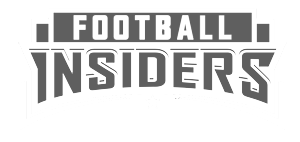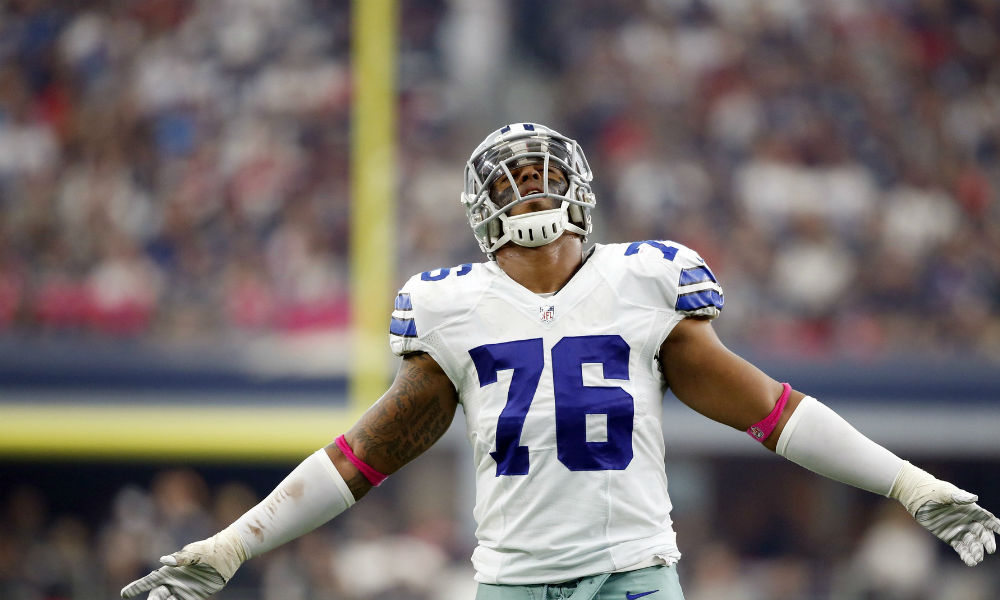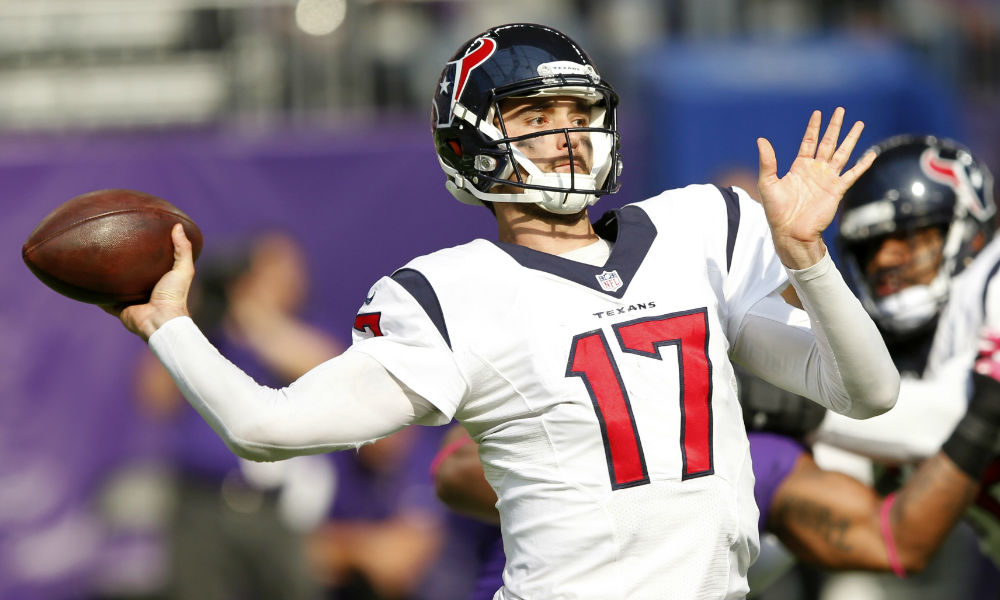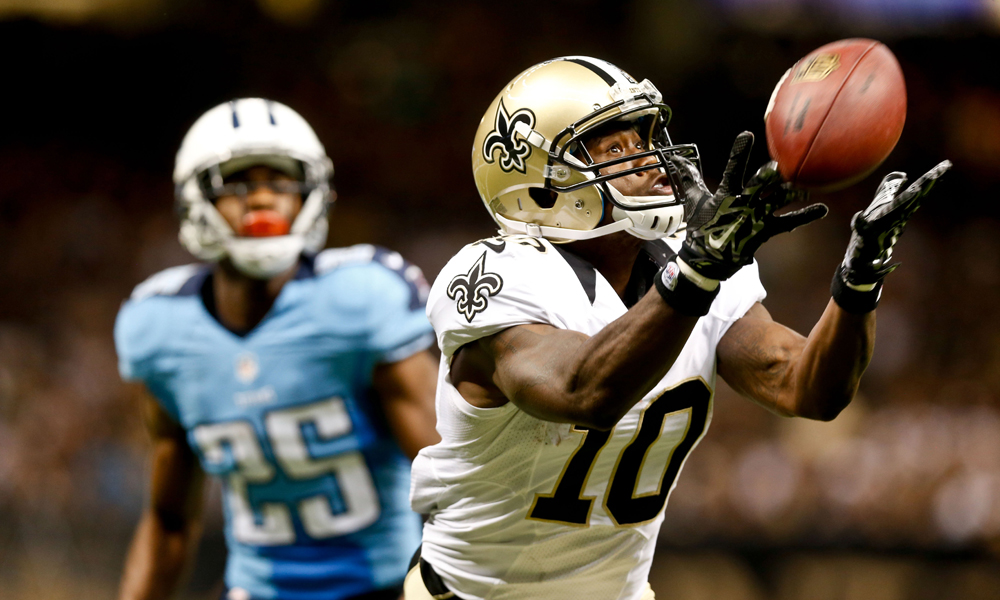News
Personnel decisions an imperfect science
The NFL’s annual exercise in pre-draft overkill, a.k.a. the Combine, is underway in Indianapolis. And once more, we are hearing and reading much about players who excel at the workouts orchestrated by NFL coaches and scouts.
Such players are known as “workout warriors.”
George Young, the late former general manager of the New York Giants, once put it best.
“The final exam for a draft choice is how he looked in games, not how he looked in shorts in those workouts,” Young said. “That’s when you find out if a guy can play football — in games, not in workouts. How he looks in shorts in those workouts can be deceptive.”
More recently, Pittsburgh coach Mike Tomlin echoed Young when he called the workout warrior “a scary player,” adding, “Our (game) tape is a walking, talking, breathing resume. … No question you can see what somebody is potentially capable of from a workout, but that’s no indication of what they’re willing to do, what kind of football player they are.”
In fact, the whole draft exercise can be deceptive, and the pre-draft workouts — including the combine — are the biggest tease of all.
The draft is supposed to be the NFL’s great equalizer, with the worst teams getting the best picks that are supposed to allow them to catch up with the best teams. Which, of course, does not explain why the New England Patriots have dominated the league for more than a decade while the Buffalo Bills have not reached the playoffs since the last century.
You see, it still comes down to people making decisions.
The late Bill Walsh, when he ran the 49ers, had a simple way of evaluating players. He told his personnel staff to bring him tape of a player’s 10 best plays — and 10 worst. He didn’t need to see the player run in his underwear. It was those workouts that caused scouts to pooh-pooh Jerry Rice, for example, because he was not fast enough.
Somehow, Walsh managed. He drafted Rice, Joe Montana and Ronnie Lott, three Hall of Fame players. And in one memorable draft, 1986, he found eight players who started for at least one of the 49ers’ Super Bowl championship teams.
Nonetheless, just about every general manager, coach, scout, personnel maven and even some owners are in Indianapolis, where the NFL, never one to let loose change escape, charges fans to sit in the stands and watch. Millions more watch on television.
Personnel decisions are a most imperfect science. Even the best teams whiff on half their picks. Remember that Tom Brady was a sixth-round choice, Montana a third-rounder, that 23 players were drafted ahead of Aaron Rodgers and five quarterbacks were picked before Dan Marino.
For every Peyton Manning, there was a Ryan Leaf. For every Barry Sanders, a Ki-Jana Carter. For every Joe Greene, a Tony Mandarich.
One of the best combine performances of all time was registered in 1995 by a Boston College defensive end named Mike Mamula. Projected as about a third-round pick before the combine, he shot up the draft charts, eventually was the seventh overall player chosen, by Philadelphia, and had a brief career. Last time anyone looked, Mamula was not on the Hall of Fame ballot. Warren Sapp and Derrick Brooks, defensive players chosen after Mamula in the first round, both by Tampa Bay, are both in the Hall of Fame, however.
Mamula, in an interview with ESPN years later, admitted that he specifically prepared for the drills he knew he would be asked to perform at the combine.
“I went into the combine having done every test hundreds of times while some other guys had never done some of the specific drills,” he said.
Ten years after Mamula’s workout wowed the Eagles, an Arkansas quarterback named Matt Jones put on a similarly dazzling show that impressed the Jacksonville Jaguars.
Although Jones had been a college quarterback, he was auditioning as a wide receiver at the combine. The Jaguars were impressed after he posted a 4.37 time in the 40-yard dash and nearly 11 feet in the standing broad jump. They took him with the 21st pick of the first round — three spots ahead of Rodgers.
Jones lasted four years in the NFL before washing out for, among other reasons, substance abuse issues.
Oh, yeah. That was something else the Jaguars failed to find out about him during the interviews teams conduct with prospective draft choices at the combine.
Two-time MVP Aaron Rodgers, no doubt, fell when he questioned some of the drills San Francisco coach Mike Nolan — who had the first pick — asked him to perform. Rodgers didn’t think the drills Nolan wanted him to do had anything to do with playing quarterback.
Alex Smith, on the other hand, willingly went along.
Nolan took Smith with the first pick.
Which quarterback would you rather have today?
It’s a sign of the hold the NFL has on the national consciousness that the combine attracts so much attention. It makes for great business. But great football? That’s another issue entirely.
— Ira Miller is an award-winning sportswriter who has covered the National Football League for more than three decades and is a member of the Pro Football Hall of Fame Selection Committee. He is a national columnist for The Sports Xchange.
News
Buccaneers admit mistake, boot Aguayo
Source: Mike Florio of ProFootballTalk
Powered by WPeMatico
News
Did Bucs put too much pressure on Aguayo?
Source: Mike Florio of ProFootballTalk
Powered by WPeMatico
News
Broncos holding their breath on Derek Wolfe
Source: Mike Florio of ProFootballTalk
Powered by WPeMatico




